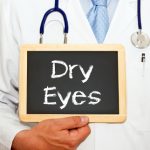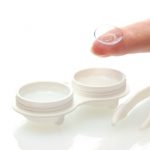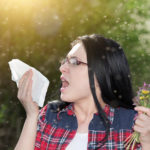9 Essential Eye Drop Do’s and Don’ts
-
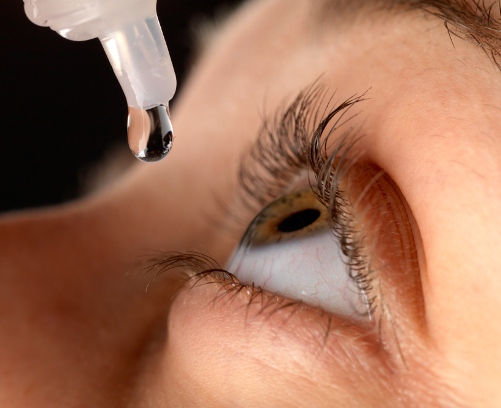
So your eyes are a little itchy and you’ve decided to pick up a bottle of eye drops. You might find yourself a bit overwhelmed by the sheer number of choices you have at the local pharmacy. “Extra Strength,” “Advanced Strength,” “Maximum Strength” … these days there are dozens of over-the-counter eye drops offering relief from a range of eye problems (dryness, itchiness, redness, allergies, etc.), not to mention all the prescription eye drops available for persistent conditions or infections.
The biggest mistake you can make is assuming that all eye drops are the same. Simply grabbing the cheapest option or the first one you see can be problematic, and may even worsen your eye condition.
Here are nine common mistakes people make when it comes to eye drops:
-
1. More Doesn’t Equal Better
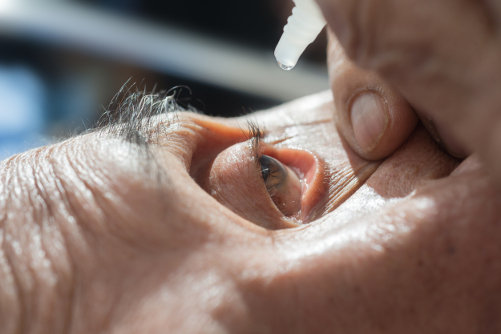
We often assume that taking or using more of something will lead to better results, but that’s not always the case. For example, if you have particularly dry or itchy eyes, you might think that large doses of drops will spell quicker relief. Rather than focusing on volume, pay attention to application. Using the right technique for applying eye drops can be far more effective than simply using drops in greater volume.
When applying drops, tilt your head back or lie down. Don’t focus on the tip of the bottle. Instead, focus on something beyond the bottle such as a point on the ceiling above. Using your free hand, gently pull down the skin beneath your lower eyelid to create a pocket below your eyeball. Keep the bottle about an inch away from your eye and release a single drop into the pocket. Close your eye and press lightly on the corner of your eyelid next to your nose. This will help to close the tear duct and prevent the drop from draining, keeping the maximum amount in contact with your eye for optimal relief.
-
2. Don’t Blink

Many people are under the false assumption that blinking their eye(s) after applying drops will spread the drops across the eye. This is actually counterproductive. Blinking can cause some of the drop to leak from the eye, preventing maximum absorption. Again, after applying the drop, simply close your eye and press lightly against the corner of your eyelid next to your nose to close the tear duct.
-
3. No Touching
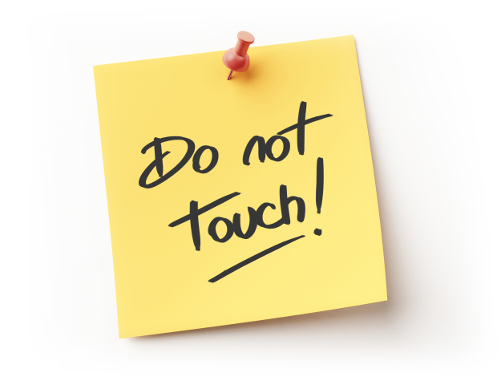
It’s important that you take care not to let the tip of the eye drop bottle touch your eye or eyelashes. Touching the dropper tip with your hands or letting it touch any part of your face or eyes can introduce bacteria that can taint the drops. For this reason you also shouldn’t share eye drops.
-
4. No Mixing

If you use multiple types of eye drops, it’s important that you avoid mixing them with one another whenever possible. People with prescription eye drops may use them in conjunction with more traditional over-the-counter lubricating drops. It’s best not to mix eye drops, but if you do, wait at least 30 minutes between applications.
-
5. Take Out Your Contacts
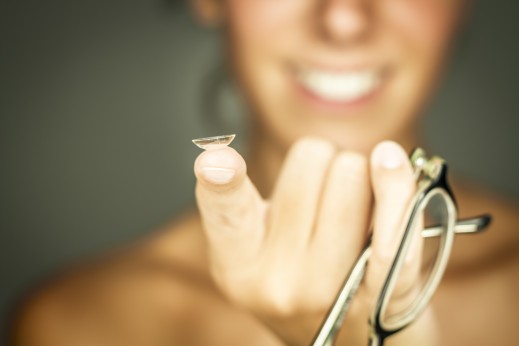
If you wear contact lenses, only a specific type of drops (rewetting eye drops) can be applied without removing them. All other types of lubricating drops require that you remove your contact lenses before application. Wait a few minutes before putting your contact lenses back in.
-
6. Don’t Rush
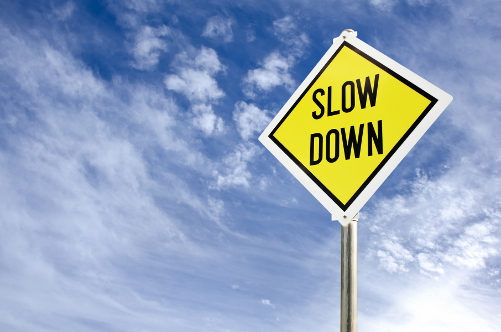
As the Navy Seals like to say, “slow is smooth and smooth is fast.” One of the worst things you can do when applying eye drops is rush. It’s important that you take the time to follow the application procedure each and every time in order to achieve the maximum benefit. If you require multiple drops every few hours, you should space the drops out. Applying more than one drop at a time is pointless because the eye cannot hold more than a single drop effectively. More than one drop will likely spill from the eye and be wasted.
-
7. You’re Not an Eye Doctor

Everyone is an expert these days (or at least many think they are) thanks to the easy accessibility of information. But before acting on information you find online, run it by your eye doctor. By all means do everything you can to educate yourself, but do so as a supplement to professional assistance rather than an alternative. Don’t self-diagnose eye problems and treat with eye drops. If a problem persists longer than one or two days, schedule a consultation with an eye doctor for help.
-
8. Know What You’re Taking and When You’re Taking It
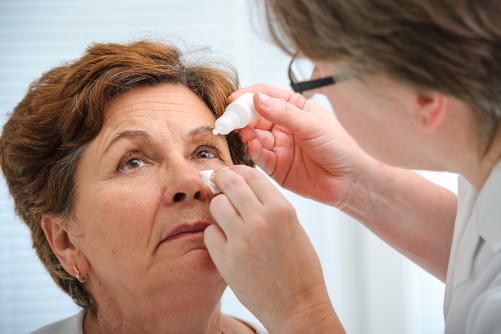
Medicine cabinets are often filled to the brim with bits and bobs. Don’t be in such a rush to treat your itchy eyes that you don’t pay close enough attention to the bottle to make sure that you haven’t accidentally grabbed a bottle of ear drops or someone’s prescription drops instead of your over-the-counter lubricating drops. Also, keep in mind that drops should be taken as directed. Underuse and/or overuse of drops can have unintended consequences. Try scheduling your drops for specific times of the day based on the directions, or set an alarm as a reminder.
-
9. It’s Expired

If you’re experiencing an eye condition that you’ve had before and still have some of the prescription eye drops left from the last time, don’t simply restart treatment again without consulting your eye doctor. If the drops are expired, they may no longer be effective. Furthermore, just because something feels the same doesn’t mean it is the same. Don’t self-diagnose.


